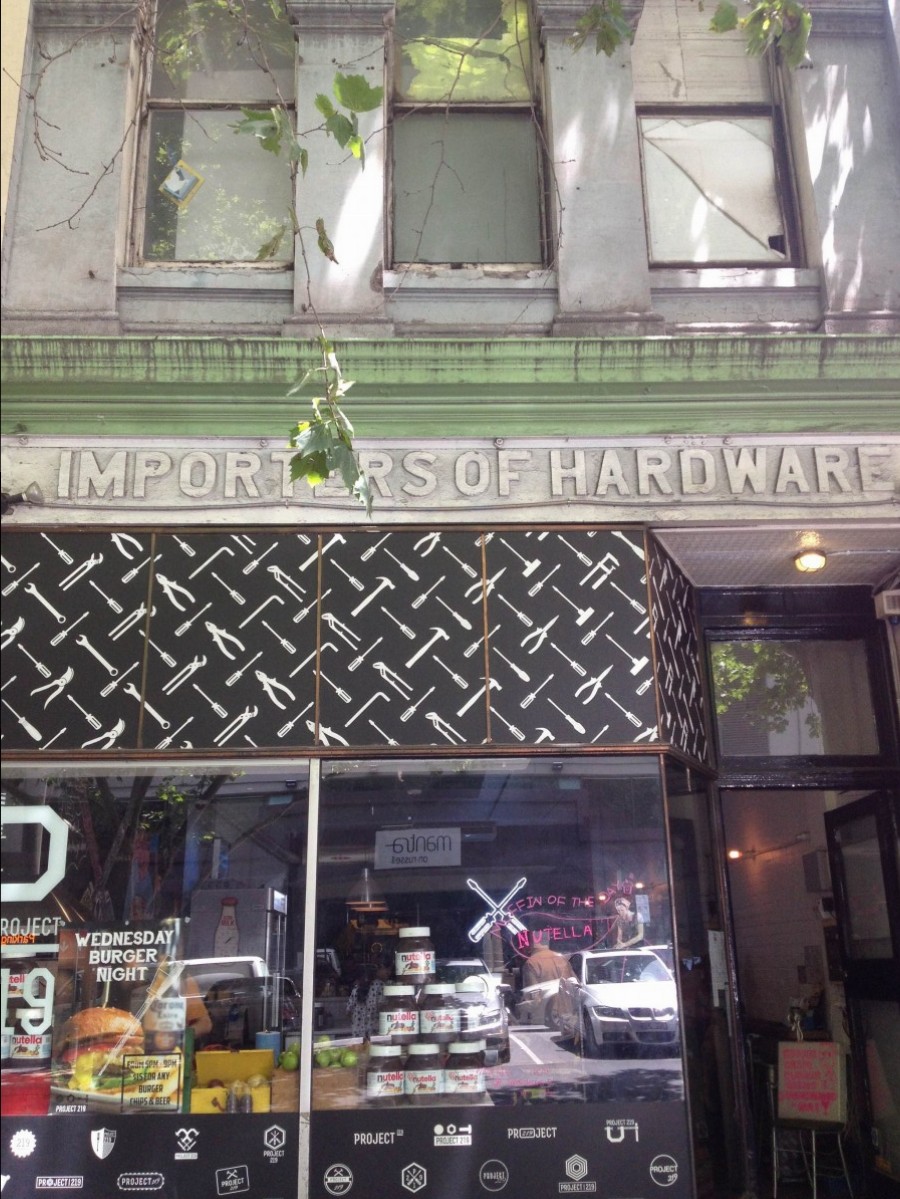When I first saw the HTML title of the tech blog Pando – Speaking truth to the new power – it grabbed me by the throat.
Recently Oxfam have announced that by 2016 the combined wealth of the richest one percent will be greater than that of the other 99 percent unless serious action is taken. To be part of the 1% you need to have $2.7 million in assets or hidden in your mattress.
This is some pretty serious coin.
In Australia, according to the ABS, the wealthiest 20% of households have an average net worth of $2.2 million. Again, this is some serious coin. The poorest 20% of households have a net worth of $31,000.
The recent experience in Australia mirrors the global trend where disparity in wealth has been increasing. Since the 1980’s the Gini coefficient, a common measure of wealth inequality, has been growing, meaning as a nation we’re becoming more unequal, and wealth is unevenly distributed.
So what can be done?
Pando have it right; we need to speak a our truth(s) to the new power.
Part of the answer lies in digital technology and social media which can amplify the voice of the 99%.
For example Oxfam use digital technologies to help empower Cambodian women by giving them mobile phones. In East Africa mobile phones are used to monitor drought conditions, and in Bangladesh mobile phones are used to monitor storms and rising sea levels. In northern Australia, GPS technology is used by indigenous Australians to develop innovative burn-control strategies.
In urban Australia, I believe there is a correlation between the rise of smaller parties and a fragmentation of the traditional 2 party system which has given rise to the Palmer United Party and gridlocked upper houses of parliament, and the fragmentation of traditional sources of media. The more people abandon traditional media, the more likely they will abandon the traditional political parties.
This isn’t to discount the influence of Rupert Murdoch’s News Ltd which owns 65% of all metropolitan newspapers. Rather it is a recognition that there are 14 million Australians using Facebook and 2.8 million twitter users who are accessing news and information in more convenient ways.
According to a poll last year, more Australians are choosing to source their news from independent media, blogs, social media and online. This trend is likely to continue as traditional media models continue to look for new business models to stay relevant.
Speaking a truth to the new power could be as simple as having a blog, promoting it via social media, and having something to say. It doesn’t mean there will be a revolution, but it does mean the difference between being a disempowered subject of power, and an engaged participant in the structures of power, using technology to protest, to learn, to share.
Get on board, get a blog, and say something.
It matters – you could change the world.
Photo (average) taken in Russell Street. An old hardware store which proudly proclaimed that they imported stuff is now a grocery store catering to the new urban dwellers. In one building we can see how a city, and the world has changed.

